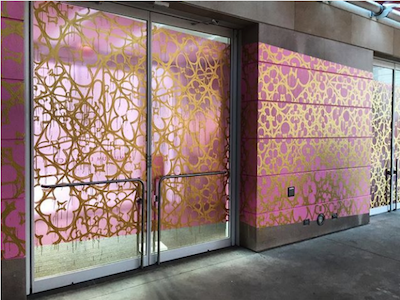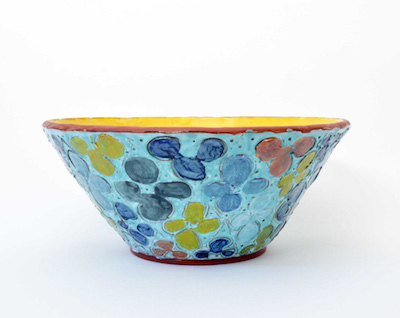Judy Ledgerwood | Tussle Magazine
Judy Ledgerwood, Sunny Redux at Rhona Hoffman Gallery, Chicago, IL
By Pia Singh
A little over a year since ‘Sunny’ opened at Denny Gallery, New York, Rhona Hoffman presents an exquisite selection of Judy Ledgerwood’s large-scale paintings in Sunny Redux. It’s hard to write about Ledgerwood’s works in relationship to one another without getting caught up in formalist underpinnings of abstraction, interpretative language, or trying too hard to set out to contextualize the artists’ engrossment with color, form, and pattern. Initially, it was the intensity of play, how Ledgerwood teases both theory and history through the pleasurable (dare we say beautiful) translation of form and color, that felt like one possible route to entering the show. Yet, it felt like a disservice to the demand of the work, specifically at this time.
How does one write about the rebellion of abstraction at a time of war? What bearings does language have on policy, and in turn, how does “art-speak” afford a degree of political impunity, dissuading both reader and writer from identifying the marks of imperial violence on our perception? Between the undeniable espousal of practice (as politic) and theory (of art), and accelerated consumption of images in mediated realities, what is revolutionary about the condition of slow-looking that a Ledgerwood demands?
















